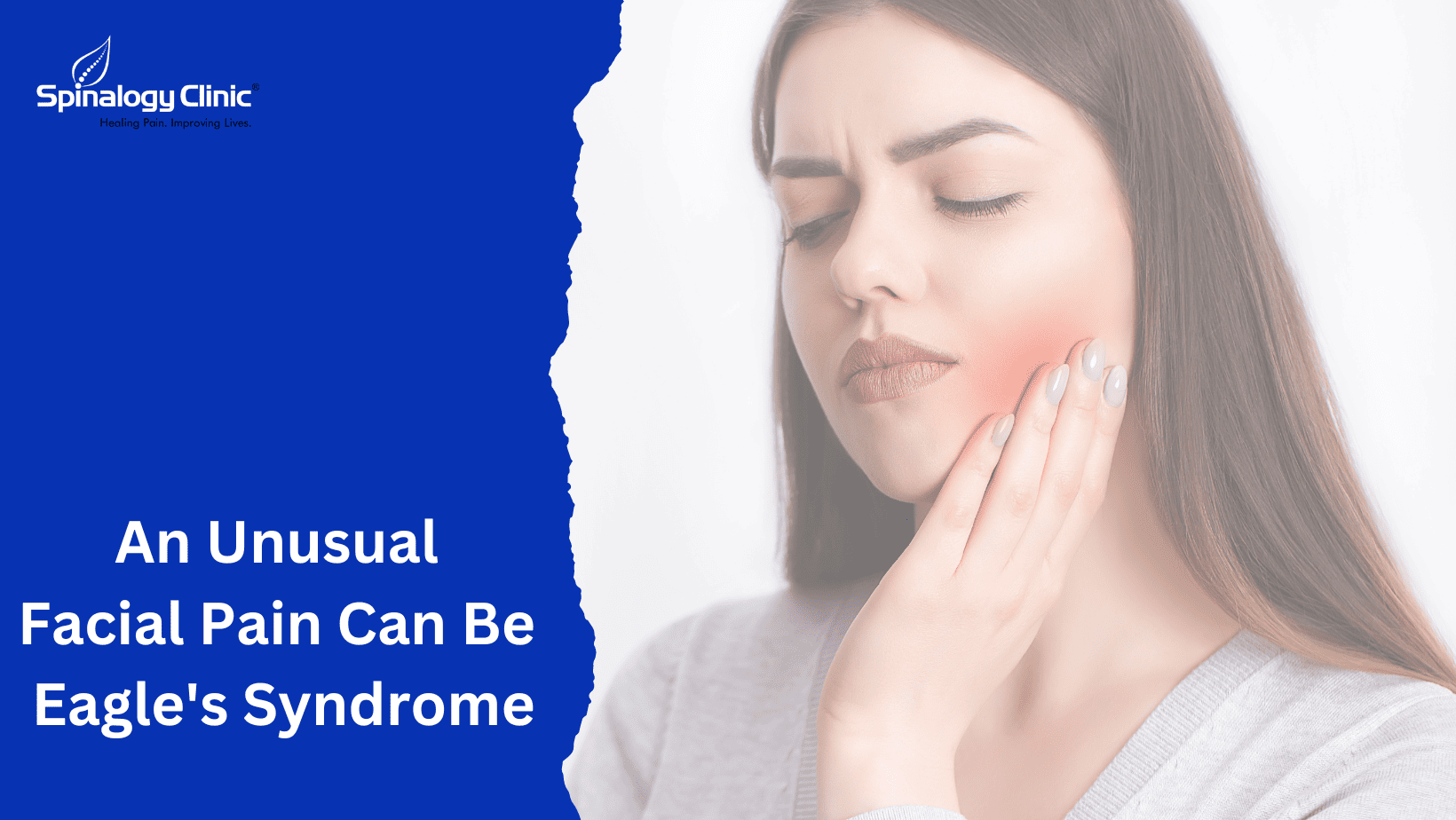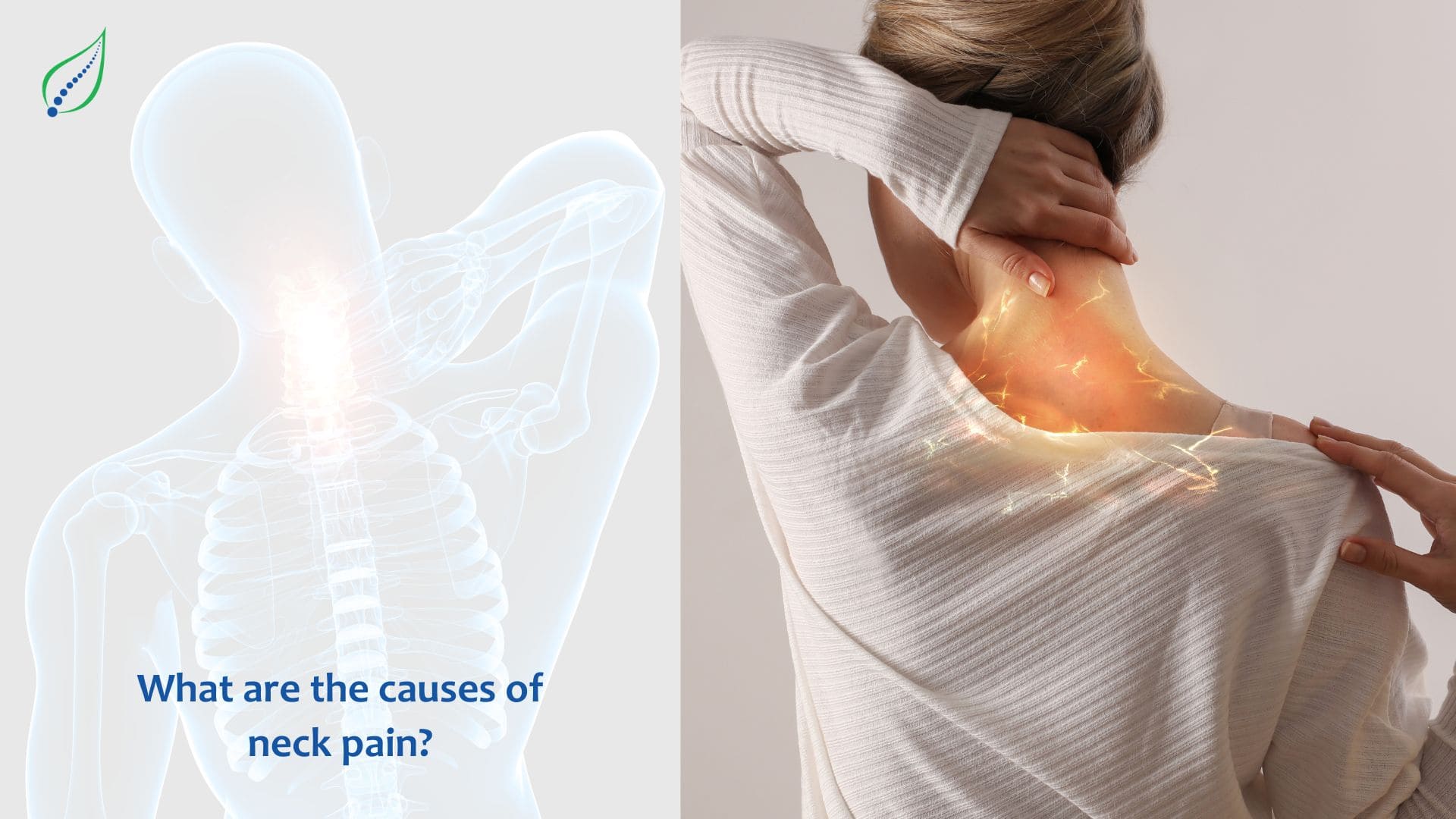How to Prevent Back & Neck Pain in Kids & Teenagers
Back and neck pain is no longer just an issue for older individuals; children and teenagers are increasingly affected as well. The most common causes of these issues in young people include falls, sports-related injuries, and specific strains, such as those from carrying heavy backpacks. Common contributors to stiffness and pain in the back are bruises, strained ligaments, and pulled muscles. For teenagers, neck pain is often a result of excessive use of electronic devices or poor study posture.
Regular exercise benefits all children, but some young athletes may suffer from overuse injuries due to intense training. For example, dancers and gymnasts are particularly susceptible to back pain because of the high demands of their activities. Conversely, children who are too sedentary may develop poor posture, experience back strain from being overweight, or suffer from back pain due to weak core muscles.
Additionally, conditions like scoliosis, which involves a significant curvature of the spine, can lead to back pain. Spondylolysis, a weakness in the spinal bones typically located in the lower back, often presents few or no apparent symptoms but can cause pain that worsens with movement.
How to Relieve Neck and Back Pain in Kids and Teenagers:
1. Promote Proper Posture:
- Ensure that their ears align with their shoulders, and their shoulders are pulled back. Teach children and teens to stand tall and sit up straight.
- Use ergonomic chairs to support comfortable study conditions. When reading, encourage them to keep books at eye level and use a slanted surface while writing to avoid excessive neck bending.
2. Manage Mobile and Screen Time:
- To prevent chronic neck strain, advise children to hold devices at eye level and to take frequent breaks from screens.
- Implement regular breaks (every 30-45 minutes) during study sessions or screen time. These microbreaks allow muscles to recover and can enhance overall well-being while reducing the risk of injury.
3. Limit Packing Weights:
- Encourage kids to avoid carrying heavy loads. They should use backpacks with wide, padded shoulder straps and only pack essential items for the day.
- Help them distribute the weight evenly by placing heavier items closer to their backs.
4. Optimize Sleeping Positions:
- Instruct children to sleep on their back or side instead of their stomach.
- They can place a pillow between their knees if sleeping on their side and should use a supportive pillow for their neck.
5. Stay Hydrated:
- Encourage sufficient water intake to maintain hydration, which is vital for the health of spinal discs and vertebrae. Proper hydration helps maintain the discs' flexibility, shape, and shock-absorbing ability, reducing the risk of degeneration and back pain.
6. Maintain a Healthy Diet:
- A well-balanced diet is crucial for overall and spinal health. It provides essential nutrients needed for strong bones and supportive tissues.
- Ensure they receive adequate calcium (found in dairy, leafy greens, and seafood) and vitamin D (obtained from sunlight or supplements) alongside lean protein sources like fish, chicken, and legumes.
7. Incorporate Regular Stretches:
- Stretching is an effective way to alleviate neck and back pain and maintain spinal health. Effective stretches include shoulder rolls, neck tilts, Downward Dog, Child’s Pose, Bow Pose, Cobra Pose, Seated Toe Touch, and Cat-Cow stretch. Regular stretching improves flexibility, enhances blood circulation, increases attention spans, and helps prevent injury.
The Importance of Good Posture:
Posture refers to the alignment of our bodies, whether sitting, standing, or lying down. Maintaining proper posture is essential for spinal health and functionality, making it easier to keep the head aligned with the hips and the back straight rather than rounded.
Children and teenagers should particularly prioritize proper posture as their muscles, joints, and bone structure are still developing. The spine is the body's main support system, enabling movement and balance while protecting the spinal cord. Poor posture can lead to a variety of short- and long-term health issues.
Conclusion:
Be attentive when your child complains of neck or back pain. Issues like poor ergonomics, oversized school bags, or bad posture when using electronic devices could be contributing factors. If your child experiences severe pain, it’s essential to seek medical advice, particularly if the pain follows an injury or is accompanied by additional symptoms.
_1746449195_1751827240.png)



